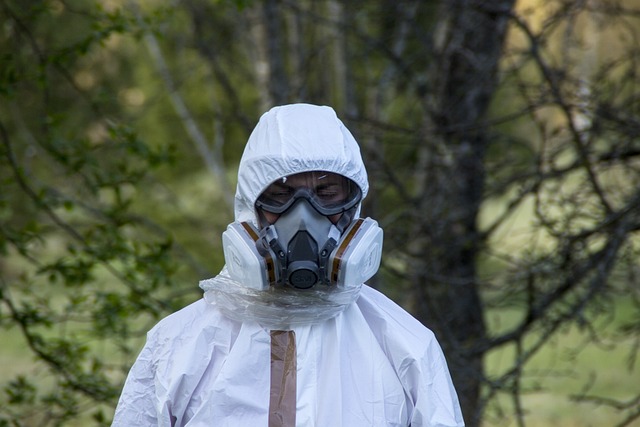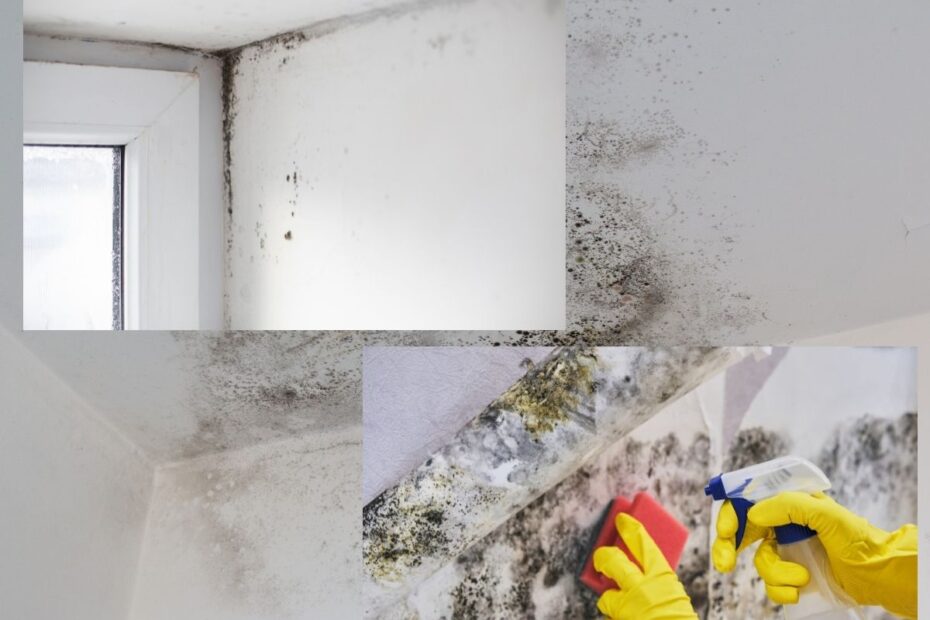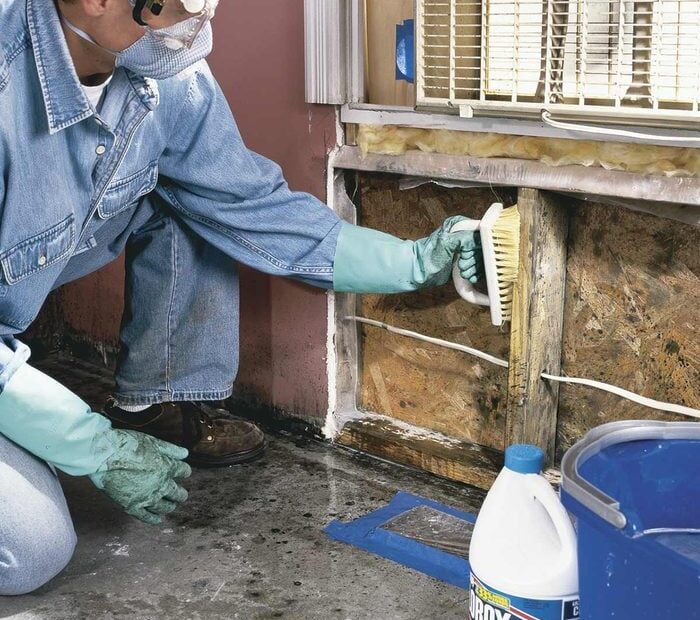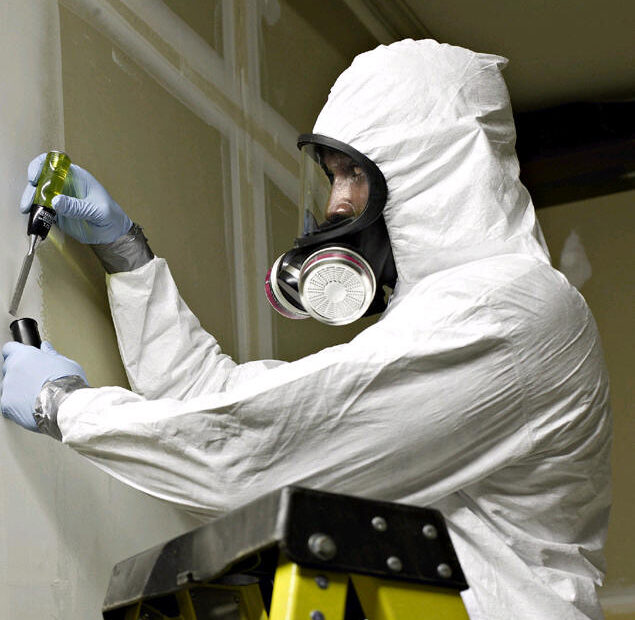Safeguarding Health and Heritage: The Crucial Role of Asbestos Testing NY
In the realm of environmental safety, few substances have garnered as much concern and attention as asbestos. Its insidious presence in buildings, particularly older structures, poses significant health risks to occupants and workers alike. Asbestos once hailed as a miracle material for its fire-resistant and insulating properties, now stands as a symbol of hidden danger lurking within our built environment. In the bustling borough of Brooklyn, New York, where historic architecture intertwines with modern development, the importance of asbestos testing cannot be overstated. Asbestos-containing materials (ACMs) were widely used in construction until the late 20th century, meaning countless buildings harbor this silent threat beneath their surfaces. Enter Hi-Tech Environmental, a leading asbestos abatement company dedicated to safeguarding public health and preserving architectural heritage through meticulous testing and removal processes. While we commend the remarkable efforts of companies like Deep Green, whose $2 million asbestos removal project at Vanderbilt University Medical Center in Nashville sets a commendable standard for the industry,… Read More »Safeguarding Health and Heritage: The Crucial Role of Asbestos Testing NY







